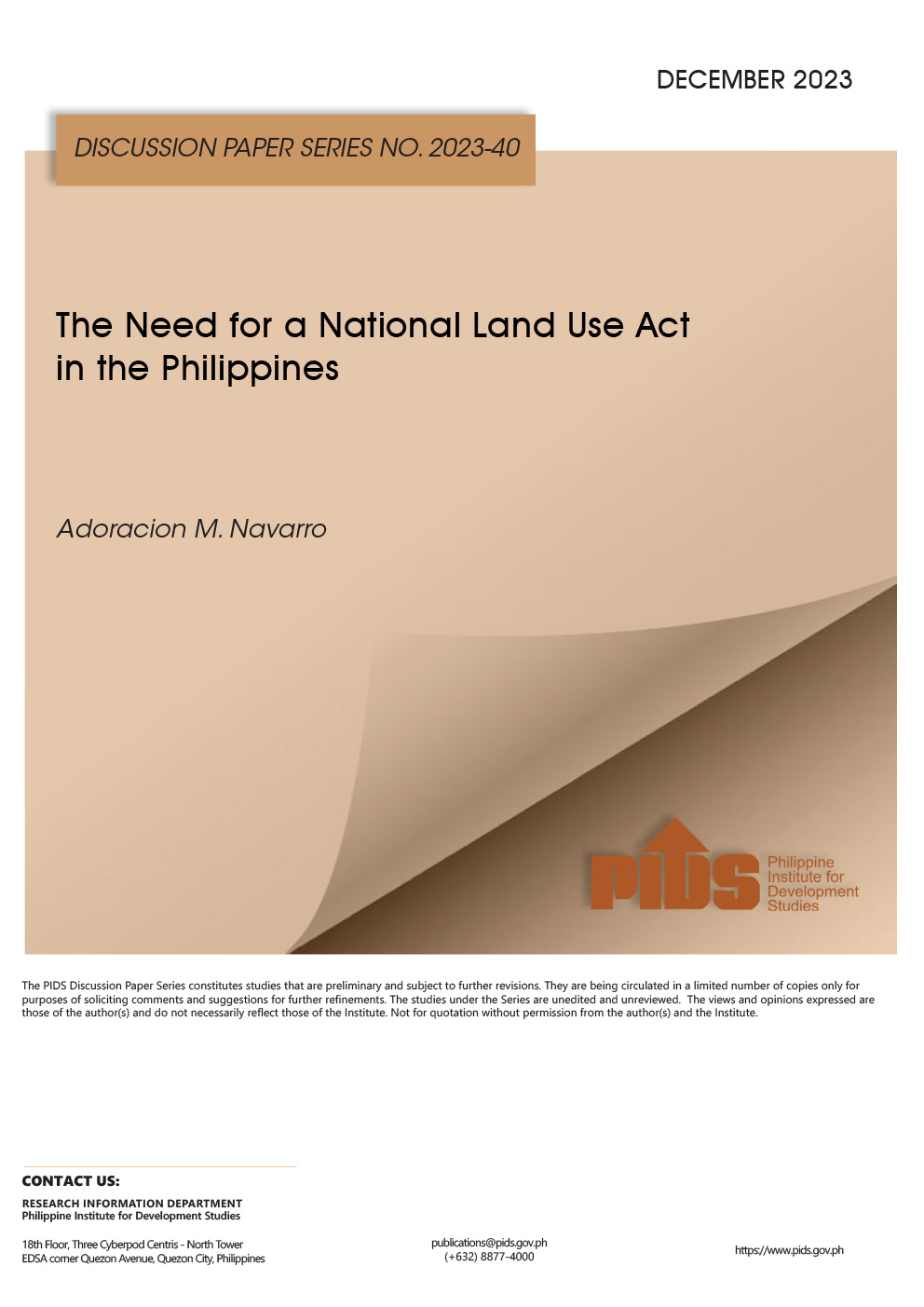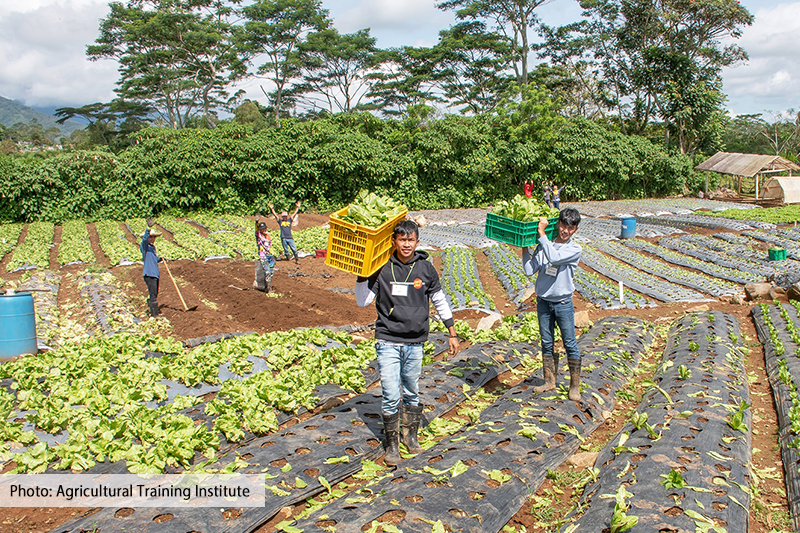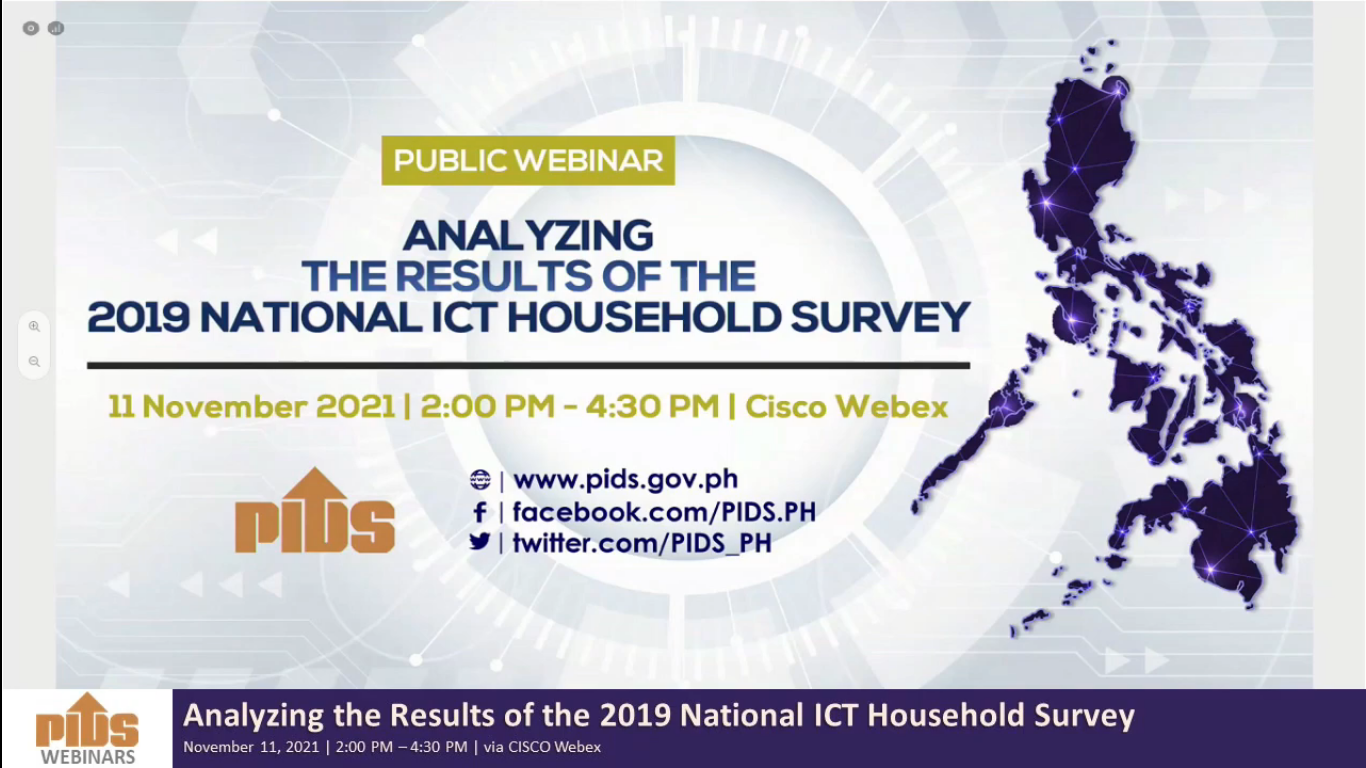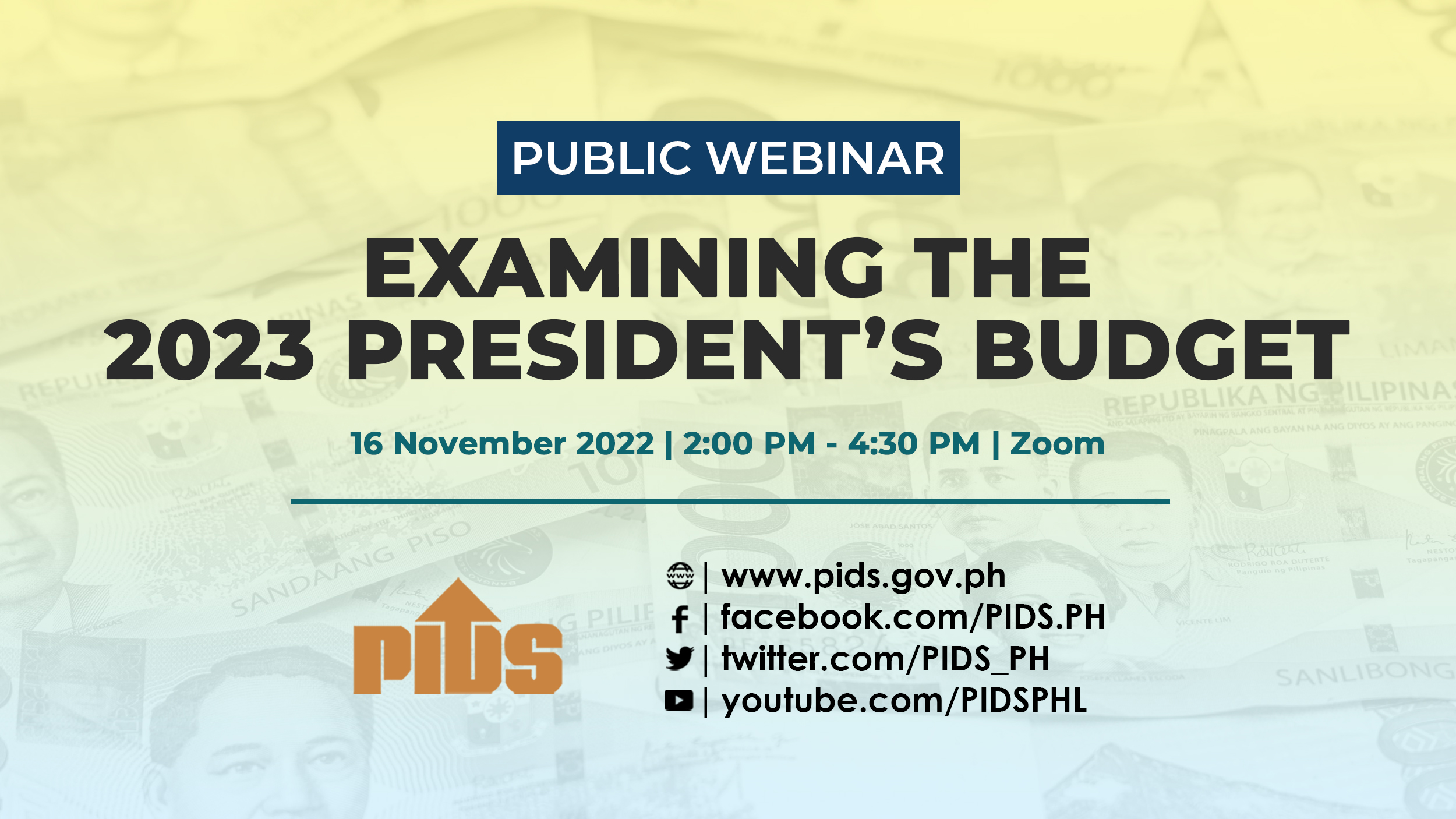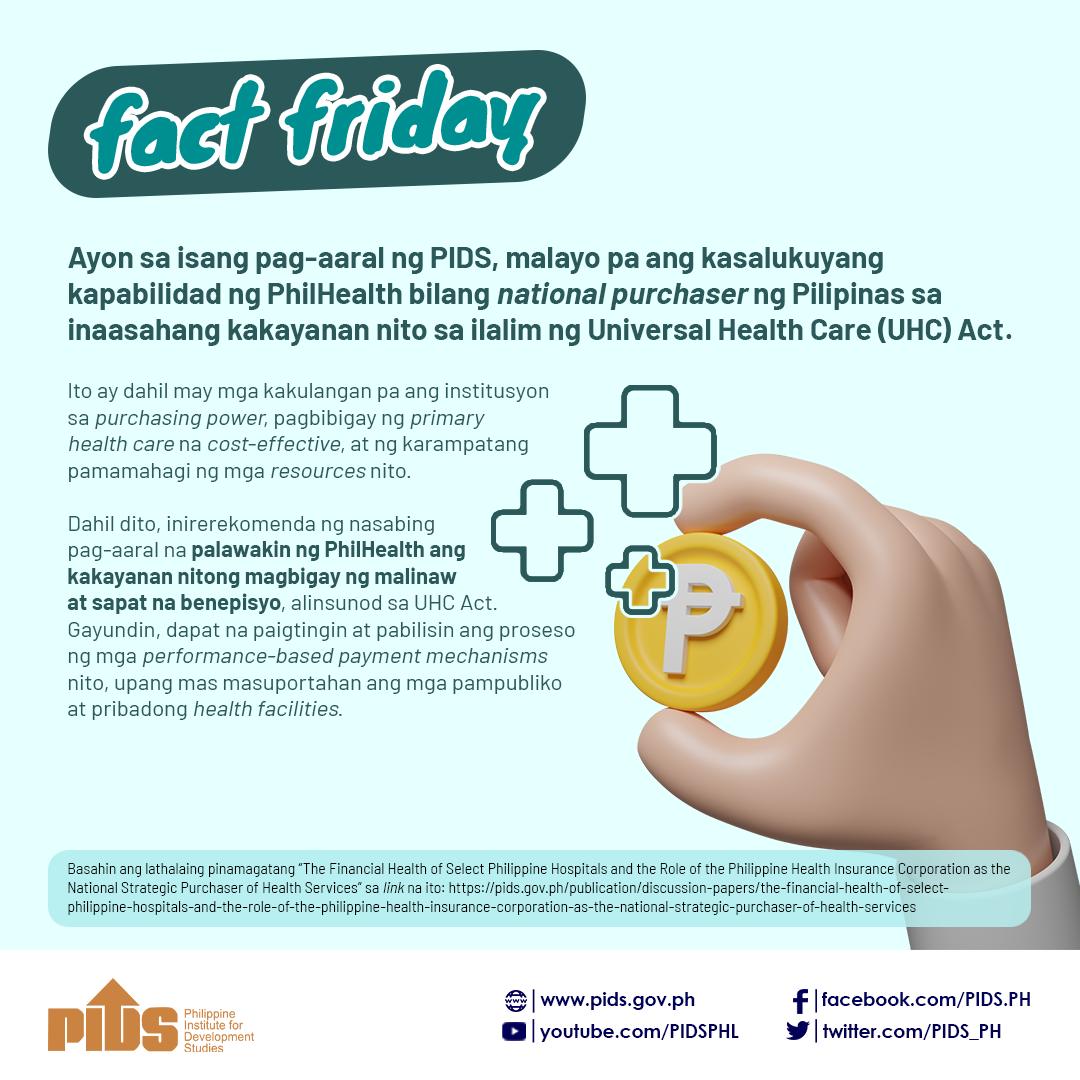The Philippines could fail to fully enjoy the gains of its economic growth if the government does not adopt a strategic national urbanization blueprint and follow it through with strong implementation, a recent study showed.
In a discussion paper titled, "Scrutinizing Urbanization Challenges in the Philippines through Infrastructure Lens,” Philippine Institute for Development Studies (PIDS) senior research fellow Adoracion Navarro said that the status of the country’s urban planning and implementation is "fragmented and lacks complementarity.”
The study suggests that a coherent solution is not only found in promoting national coordination, but also in the opportunities and experiences of the country’s regional neighbors.
The study said that after the country achieved full independence in 1946, the National Urban Planning Commission was created, but local governments undermined its recommendations and regulatory powers.
This refractory pattern would continue and exacerbated by a failure in successive national administrations to strongly implement urban development plans, the discussion paper showed.
These failures led to the decentralization of responsibilities to specific agencies, it added.
Navarro notes that oftentimes, these agencies "did more permitting and licensing,” foregoing their power to craft strategic urban development plans with actual physical targets and that take into consideration circulation space, physical infrastructure, and connectivity or mobility in ever expanding urban areas.
The study also said that local government units (LGUs), though required by law to produce a Comprehensive Land Use Plan, are often trapped in their own problematic practices.
LGU infrastructure projects do not outlive administrations, it said.
The paper said that LGUs focus too much on residential or commercial plans, or are often too inward, failing to complement and capitalize on the opportunities of working with neighboring local communities.
According to the report, the percentage of Filipinos living in urban areas is expected by the UN to rise from its current 45.3 percent to 56.3 percent by 2030 and 65.6 percent by 2050.
The problem, cited by the World Bank in their East Asia’s Changing Urban Land Escape report, is that the rate of increase in urban land area does not match.
By 2010, 23 million Filipinos were living in urban areas, having grown at a 3.3 percent annual rate from the 17 million by the turn of the millennium. Meanwhile, the land area has only expanded annually at 2.2 percent.
For those in Metro Manila who personally deal with poor public infrastructure on a day-to-day basis, Navarro points out that the country has to invest smartly in its physical capital to be able to cope with such economic demand.
The Philippine ranks 98 out of 144 countries in overall quality of infrastructure, bested by nearly all of its ASEAN neighbors except Vietnam, Lao PDR, and Myanmar.
Navarro said the problem used to be the availability of resources.
But now, she said the country has more fiscal room to move. What stands in the way is a historical lack of political will, she said.
But prior to implementation, Navarro said there are issues to tackle when it comes to designing plans.
The National Urban and Housing Development Framework for 2009-2016, which was designed by the Urban Development Coordinating Council and PIDS, contains all the recommendations that address urban competitiveness, poverty reduction, ensuring housing affordability and delivery, among others.//

